The Art of Yielding
Experiencing a piece of art can be transporting, but the act of explaining it to someone else is an art form in itself. No wonder that docents, professors, even patrons get caught up in the act.

Interview by Rosecrans Baldwin
The Morning News: Where did this project begin?
Matthew Monteith: It started on the roof of the Villa Aurelia at the American Academy in Rome. Carmela Franklin, at the time the director of the academy, was explaining the view of the city and all of the various visible landmarks and their history. I made this picture of Carmela, and I knew there was something to it, the act of explanation. Continue reading ↓
Excerpts from a new project by photographer Matthew Monteith. Most of the images here were taken in the new Yale University Art Galleries. Images used with permission, copyright © the artist, all rights reserved.
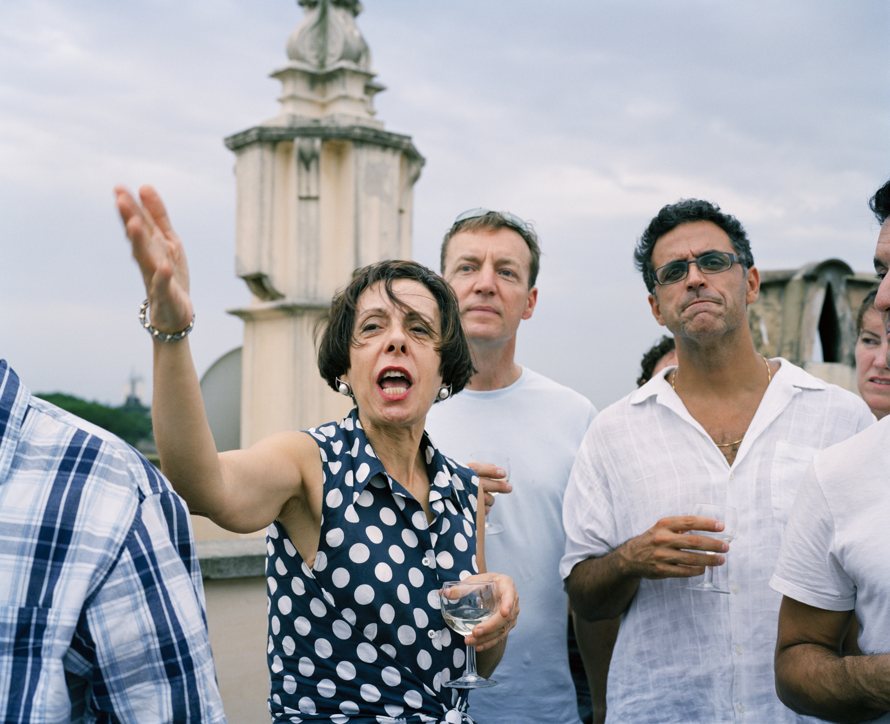
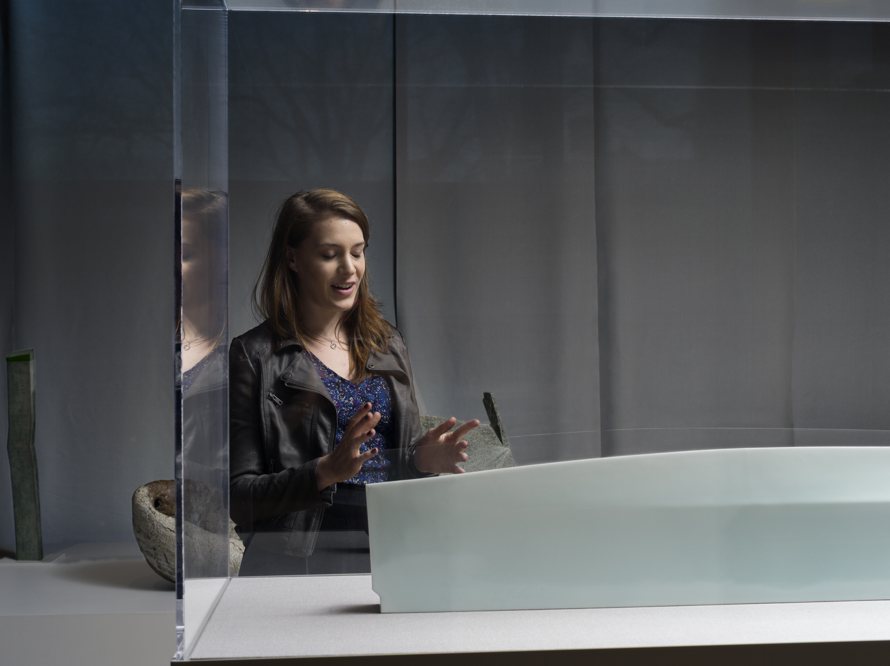
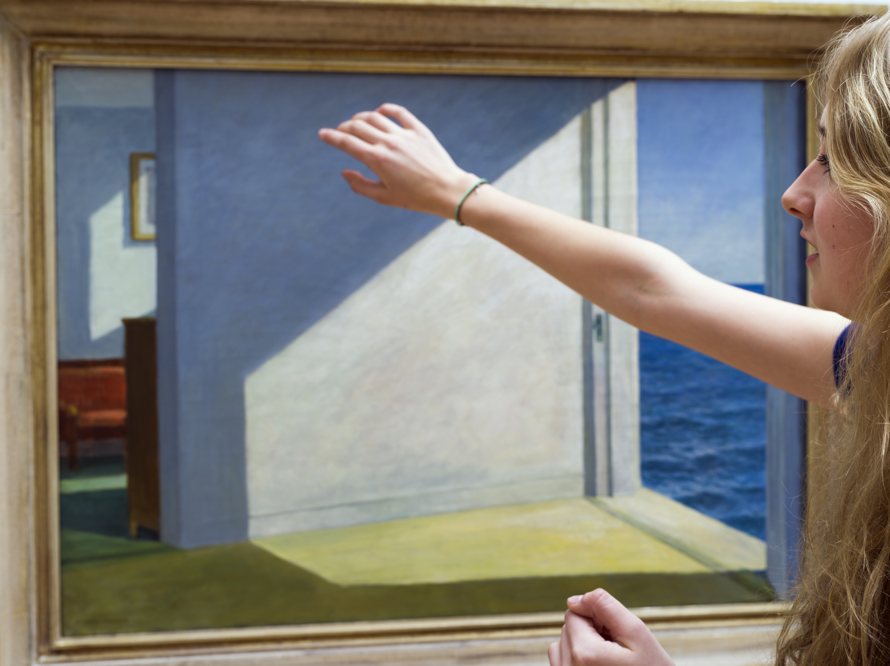
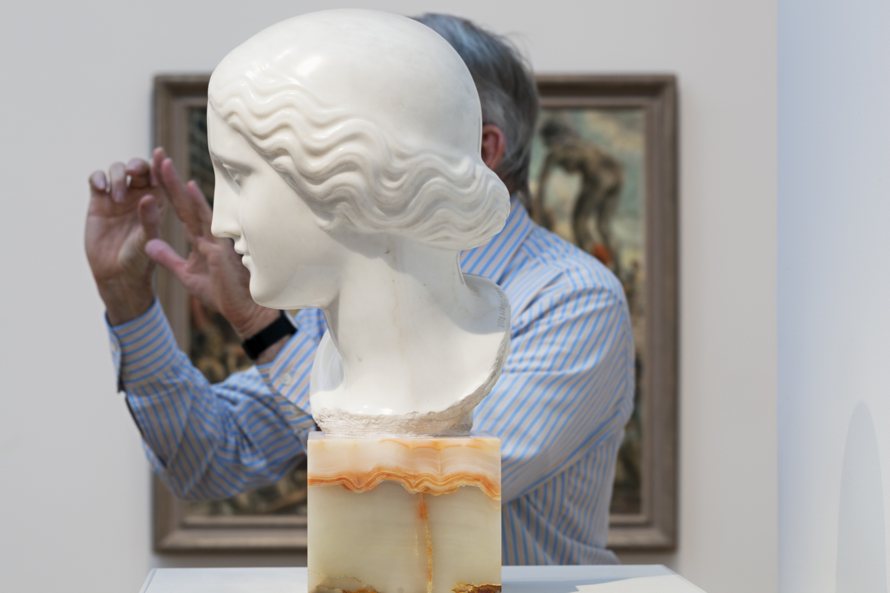
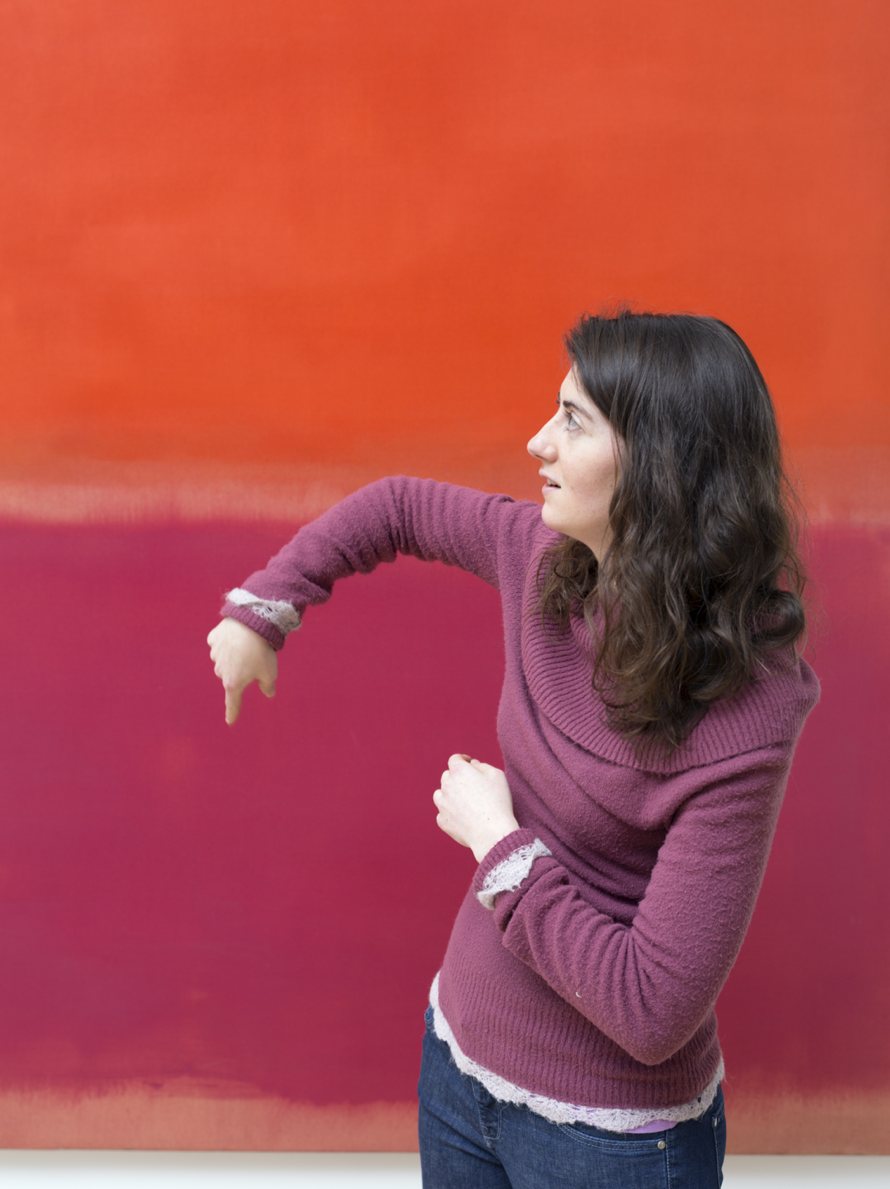
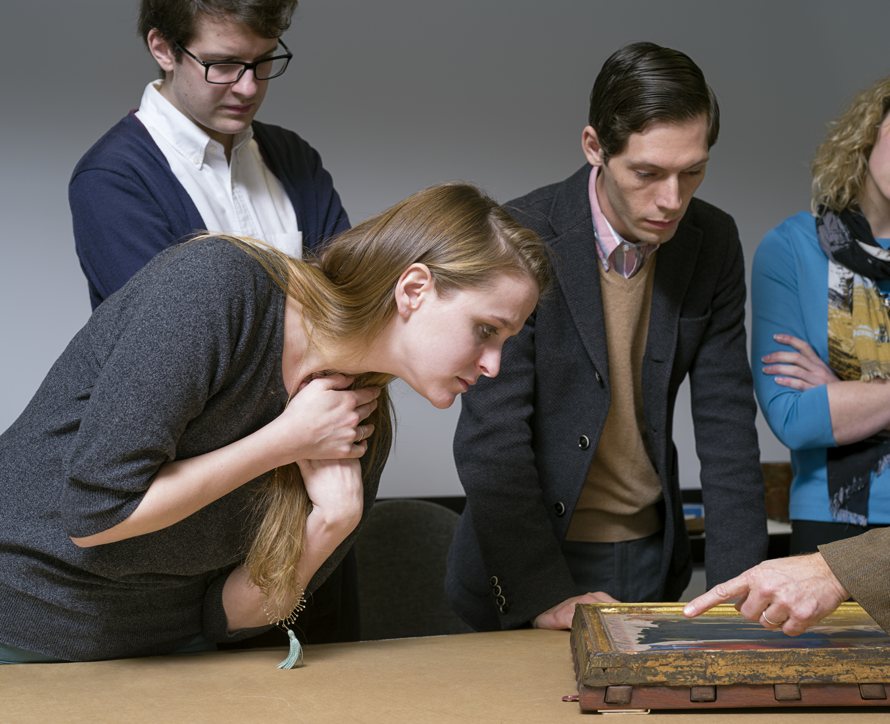
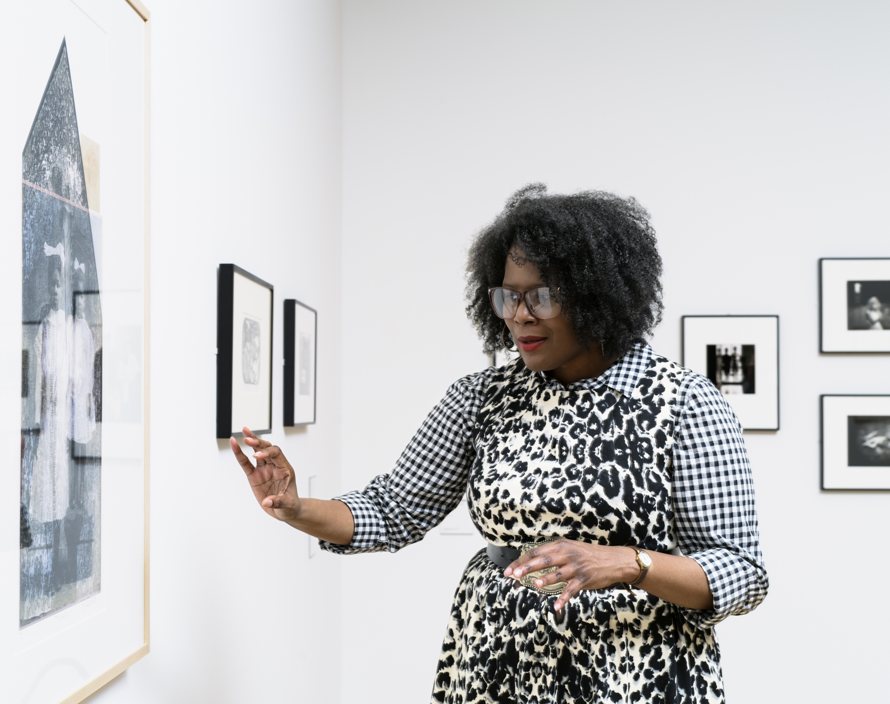

Interview continued
TMN: When was the last time you personally saw a piece of art and were confused?
MM: I am not sure, but if by confused you mean not understanding the work in its totality, then I would say this is true of all good things so that every time you revisit the piece it reveals something new. Most recently, this happened when I went to see a James Nares video piece at the Met. His piece “Street” is an almost still video of beautifully complex gesticulation in the streets of Manhattan. It is truly amazing.
TMN: What role does surprise play in your work?
MM: Photography, if used well, is best when it surprises us, when it takes things we recognize and know how they look and makes them become completely foreign at the same time.
TMN: What sort of light do you like around the house?
MM: Natural light. Morning or late afternoon and early evening. It is one of the best things to watch: the change in light, both fast and slow in its own way. For this reason, I have always liked to live on the top floor.
TMN: What’s your favorite camera at the moment?
MM: All cameras are flawed by virtue of the fact that they will never mirror what we see in our mind, so I think the joy of new technology maybe that we have new favorites or options all the time. My favorite at the moment is medium format digital because of its malleability and the creamy richness of 16-bit color. On the other hand, the digital point-and-shoot is evolving so fast, which is amazing too.
TMN: Do you ever think of photographs as being open or closed?
MM: Good ones are open. Bad ones are closed.
TMN: Do you nap?
MM: Never, unless I am very tired.
TMN: Where do your projects come from?
MM: When I am working on something and the pictures start to seem expected, they are not opening anything new up anymore, I slow down and look for clues. The clues are always there, like the picture of Carmela, but sometimes we forget to look and see them. Often, I don’t understand or recognize them until much later, but these are the bridges between one project and another. Once I see it, it must be done.
TMN: What’s a favorite clothing item of yours?
MM: The great fashion form of the solid-color pocket T-shirt.
TMN: Shaw reportedly said, “The single biggest problem in communication is the illusion that it has taken place.”
MM: Well, Shaw was a photographer of sorts as well as all the other things that we know him to be. I would say that photography’s ability to convince us that we are all on the same page and comprehending a fact while the picture is actually telling us things that reinforce our own private fictions is what I love about it most. In this way, it is very much like reality.
